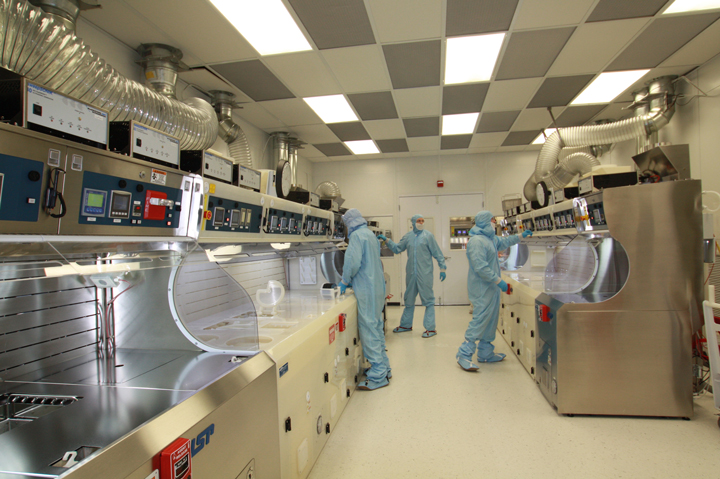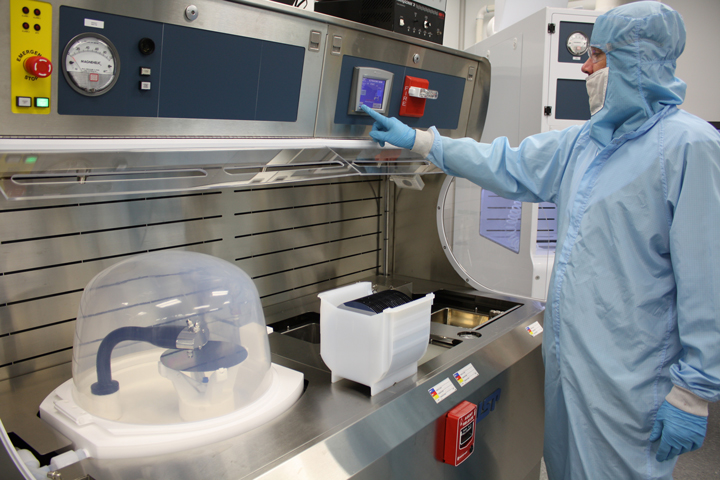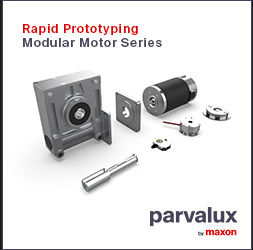Optimizing R&D labs usually involves vendor collaboration and planning to provide required versatility.
Designing Microfabrication Lab Equipment with Research Flexibility in Mind
Del Williams | JST Manufacturing
As research has become more complex, sophisticated cleanrooms have become a virtual necessity for a wide range of cutting edge physical science, material science, and biomedical disciplines.
Due to the financial investment required for such facilities, both university and private R&D laboratories are designed and built to accommodate the needs of a wide range of researchers. This presents a challenge: few administrators have the experience to select and set up lab equipment with the versatility required to serve such a diverse group of users over decades of continually changing research.
Now a growing number of lab administrators are optimizing their microfabrication equipment, both for current and future needs, by involving their vendors early in the process. This enables expert planning as well as the selection of standard equipment options that can improve safety, usability, and efficiency while cutting cost.
Often university lab administrators have never built their own cleanroom before, so they hire an architectural firm to do the design, but are still a little lost on how to lay out the equipment for all the different potential uses. Because universities are always pushing the boundaries of research, the equipment has to be very flexible so it can be used in ways not even conceived of yet.

A nationwide manufacturer of manual and automated wet processing equipment, JST’s mechanical, electrical, and chemical engineers have many years of experience in industries including semiconductors, both silicon and compound, MEMS, photovoltaics, LEDs, Flat Panel Displays, and sensors.

Whether for compound semiconductor, nanotechnology, Micro-Electro-Mechanical Systems (MEMS), biophotonics, biomedical electronics, or creating solar power alternatives to traditional silicon wafer construction, much of the advanced research done in labs today requires microfabrication operations. This typically includes wet processing equipment for metal lift-off, stripping, etching, plating/coating, cleaning, and de-bonding.
Dennis M. Schweiger, Senior Director of Infrastructure at the University of Michigan’s Lurie Nanofabrication Facility (LNF), feels that the right combination of user requirements and assistance from the equipment fabricator can make a significant difference in the design, layout, and operation of a wet processing station.
The LNF is a world-class facility in all areas of semiconductor device and circuit fabrication, integrated microsystems and MEMS technologies, nanotechnology, nanoelectronics, nanophotonics and nanobiotechnology. The LNF is an open use facility with hundreds of users from various UM departments, as well as many other universities and businesses.
Schweiger states, “Since we essentially rent lab space and equipment to our diverse users, it is important that we provide them with benches that suit their purposes well, from those who are processing wafers to those who may be doing very advanced research or testing on non-wafer components.”
The main concern is about setting up the cleanroom and procedures to serve the needs of users, but the process is not always well defined and there are many unknowns.
When designing and laying out cleanroom equipment, it is important to talk with a vendor or consultant with the experience to help you achieve your evolving research goals. It is also essential that they help ensure it is correctly set up, that the proper safety, operation, and maintenance procedures are in place, and that lab managers are properly trained to carry these out.
Maintaining safety and flexible function for wet processing equipment often requires selecting the most appropriate options from a number of technologies. This may involve various chemistries, temperature controls, chemical baths/dips, ergonomic designs, as well as cleaning, filtration, ventilation, safety, and disposal technologies.
Designing Modular and Custom Parameters
To facilitate the economical design and building of a wet processing equipment solution, many users insist on a standardized approach with customizable features that will best handle their applications parameters.
For example, JST utilizes standard products and standard methodologies to design and manufacture equipment. The equipment is modular by design, allowing for easy changing and reconfiguration should process or product requirements change.
Another powerful feature: each unit is designed with software that is capable of performing all tool functions, including those that are not required. With this, end users can create their own process, or recipes, with all sub-routines at their disposal.
JST likes to give customers added flexibility by programming their equipment to do everything that the equipment is capable of doing. This enables them to dial in applications, such as chemical concentrations. They can also turn various features on or off, depending on your process requirements. Even though they may not need some of the features today, they may want to turn them on in the future, which can be both economical and powerful.
Specifying the design parameters for many manual benches may not be as involved as those of automated systems. However, soliciting the opinion of equipment manufacturers regarding equipment design may be highly beneficial.
Certain processes like etchings and cleanings lab managers will want to be flexible enough to accommodate a wide range of users and projects. We are often asked for tank construction materials that can withstand a number of concentrated acids, so part of design flexibility is ensuring you use the most compatible materials for the most acids.
Another aspect to consider is properly separating, neutralizing, and disposing of all the chemistries involved after use, whether in drains or tanks for treatment or pick up.
Having the vendor visit the user’s facility can contribute to equipment design versatility that can accommodate changes in lab use over the long term.
An eye toward optimizing working space, operating cost, or maintenance can go a long way toward creating a cleanroom that will serve the user community well now and in the future.
Optimizing LNF’s Lab
The LNF’s Schweiger at the University of Michigan explains that the original equipment design for the new lab areas wet processing benches was very specific, and determined by LNF staff.
“We had looked at it in terms of process flow, from start to finish, not really taking into account the variety, and variation, of process samples that our user community might be working with, how we’d accommodate non-standard sample sizes, or what the impact might be in total cost of ownership with respect to chemical usage,” he says.
Schweiger adds that the some of the new benches had their decks reconfigured once the tools were installed. Several of the earlier benches, some of which were purchased over 20 years ago, were also modified to allow for more flexibility in meeting the process needs of the user community.
“In retrospect, our initial plan for the deck space, and processing capability of the benches, wasn’t adaptable or flexible enough, and we worked with JST to implement modifications so that the bench decks were simpler, and could provide more working space,” Schweiger concluded.
About JST Manufacturing Inc.
JST Manufacturing Inc., 219 E. 50th S., Boise, ID 83714; Phone: 800-872-0391, 208-377-1120; Fax: 208-377-3645; E-mail: info@jstmfg.com; or visit www.jstmfg.com
The content & opinions in this article are the author’s and do not necessarily represent the views of ManufacturingTomorrow
Featured Product

